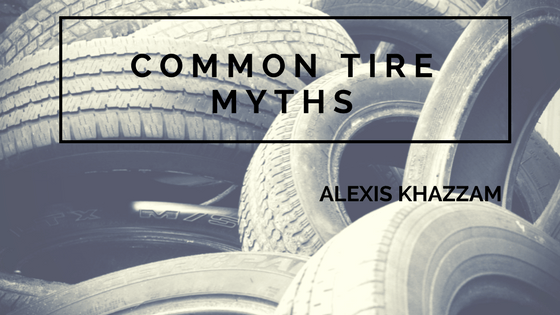Many of us rely on our four tires every single day. We use our cars to go to work, to the gym, to run errands and pick up kids. We assume we are safe with the tires below us. However, many myths surround tires and their upkeep and if you believe these myths, you could end up doing extreme damage to your car.
When Replacing Two Tires, They both go on the Front
This is a very common tire myth. According to Popular Mechanic, rear tires provide stability, and without stability, steering or braking on a wet or even damp surface might cause a spin. This can be not only very scary, but also very dangerous! If you have new tires up front, they will easily disperse water while the half-worn rears will go surfing: The water will literally lift the worn rear tires off the road. So what do you do when you need to replace two tires? The tires with the most tread should always go on the rear.
All Cars come with Spare Tires
This used to be the standard, but not anymore. For both space-saving reasons and fuel efficiency, approximately one in three new cars don’t come with a spare tire in the trunk. Instead, you’ll get a “temporary mobility kit” with a tire sealant and a tire inflator or run-flat tires.
Tires should be rotated once a year
Tire rotation should occur every 5,000 to 8,000 miles, which should coincide with your car’s oil changes. Most people drive more than 5,000 miles in a year, meaning you should have your tires rotated more than once a year.
You Should Never continue Driving on a Flat Tire
Run-flat tires, which allow you to keep driving even after a puncture in your tire, are becoming more and more popular. This allows the drive to drive to a shop instead of waiting on the side of the road for help. Run-flat tires can be driven at speeds up to 50 miles per hour, although they are not meant for long term use.
Considering you rely on your tires to carry you and your precious cargo daily, you should be sure to put the proper maintenance and care into those tires. Remember that new tires should go on the back, tires need rotated every 5,000 miles and that you may drive on your run-flat tires. By dispelling these common tire myths, your car and its cargo will thank you!
